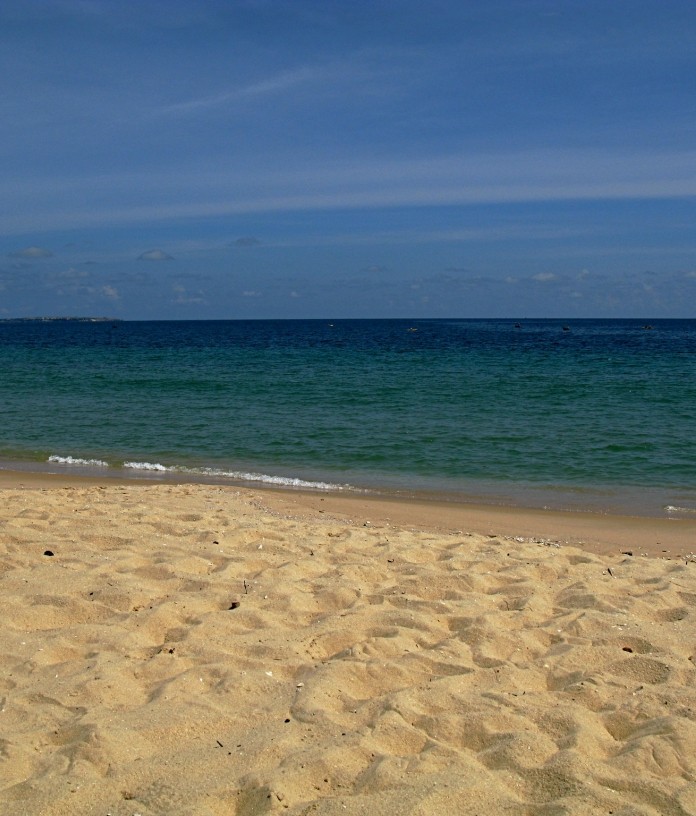Train Travel in Vietnam

Train journeys in Vietnam offer more than just transportation; they provide a unique cultural experience that allows travelers to immerse themselves in the country's diverse landscapes and traditions. Unlike high-speed trains in other parts of the world, Vietnam's railway system is known for its leisurely pace, rustic charm, and affordability.
Why Choose Train Travel in Vietnam?
At the dawn of Vietnam tourism industry, traveling by train was the only mode. Remember back to 1990, there were only few airports and they even not operated daily flights. The train was always crowded by local people and tourists, yet, it was never complained. The scene out the window, the warm friendly climate and laughter were reported. Vietnam now has raised as a new strong economy and the country improved the railway system a lot. Still, traveling by train in Vietnam seduce travelers by its own ways.
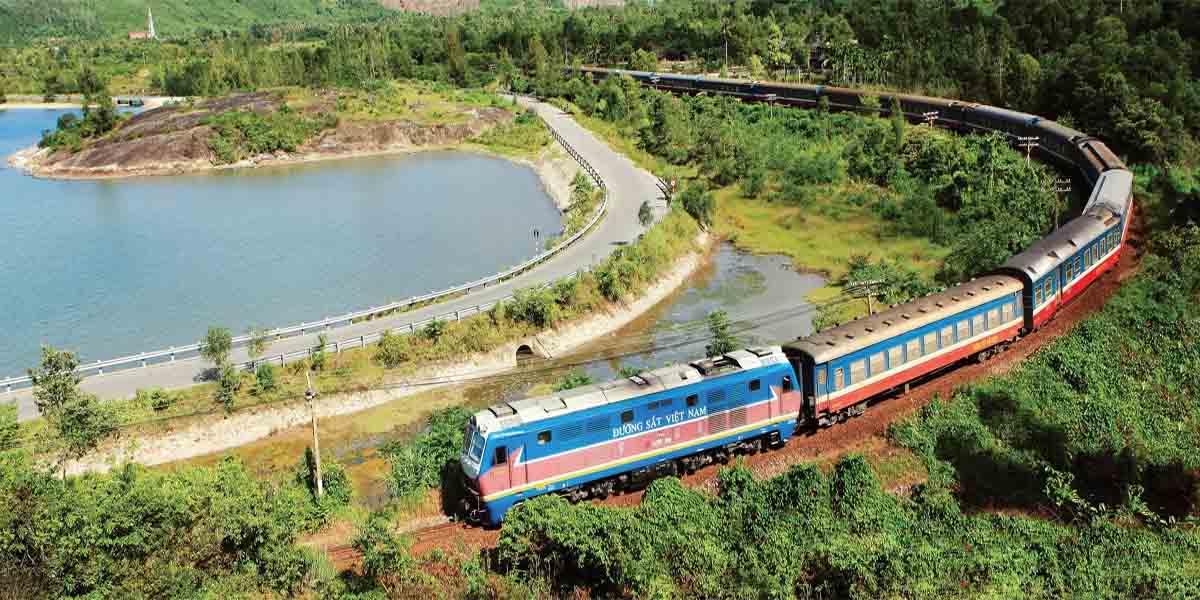
Here’s why train travel in Vietnam stands out:
- Authentic Cultural Experiences: As the train meanders through urban centers, rural villages, and agricultural landscapes, passengers are treated to an authentic slice of Vietnamese life. Watch farmers tending to their fields, children playing by the tracks, and bustling local markets from the comfort of your seat. This direct observation of daily life provides deep cultural insights that are often missed when traveling by plane or bus.
- Stunning Scenic Views: The routes traverse some of the most picturesque regions of Vietnam. From the lush, emerald-green rice paddies of the Red River Delta to the dramatic coastal cliffs along the Hai Van Pass, the ever-changing scenery is a visual feast. The train’s slow pace allows travelers to fully appreciate these vistas, making the journey as memorable as the destination.
- Historical and Architectural Wonders: Stops along the Reunification Express include cities rich in history and architectural marvels. In Hue, explore the ancient Imperial Citadel and royal tombs, while Da Nang offers access to the charming, lantern-lit streets of Hoi An. Each station is a gateway to historical treasures and cultural landmarks that narrate Vietnam’s storied past.
- Comfort and Convenience: Vietnam’s trains offer various classes of service to suit different budgets and preferences, from basic hard seats to luxurious sleeper cabins. Amenities often include dining cars serving local cuisine, air-conditioned compartments, and clean restroom facilities, ensuring a comfortable and convenient travel experience.
- Environmental Sustainability: Train travel is a more sustainable option compared to air or road travel. It generates a lower carbon footprint, helping to preserve the very landscapes and communities that make Vietnam so special. For eco-conscious travelers, choosing the train is a step towards responsible tourism.
- Unique Social Interaction: Train journeys offer the chance to meet and interact with fellow travelers and locals alike. Whether sharing stories over a meal in the dining car or simply striking up a conversation with a neighbor, these interactions can lead to meaningful connections and a deeper understanding of Vietnamese hospitality.
- Accessibility to Remote Destinations: Certain destinations, such as the mountainous regions of Sapa or the coastal retreats near Phan Thiet, are more accessible and enjoyable via train. The journey itself, winding through less-traveled areas, often reveals hidden gems that are off the typical tourist trail.
By choosing to travel by train in Vietnam, you are embarking on a journey that is as enriching and enlightening as the destinations themselves. It’s a travel experience that blends cultural immersion, scenic beauty, and the joy of slow travel, creating memories that last long after the trip has ended.
Practical Information
Routes and Major Destinations
Vietnam's railway network is an integral part of the country's transportation system, offering scenic and efficient travel options. The main north-south line, known as the 'Reunification Express,' stretches over 1,700 kilometers from Ho Chi Minh City to Hanoi, traversing a diverse array of landscapes and connecting several major cities and regions.
Below is a detailed overview of the key routes and their major destinations:
The Reunification Express (Ho Chi Minh City to Hanoi)
The Reunification Express is the backbone of Vietnam's rail system, connecting the bustling southern metropolis of Ho Chi Minh City with the historic capital city of Hanoi in the north. This line is famed for its scenic beauty and cultural significance, with notable stops including:
- Ho Chi Minh City (Saigon): The southern starting point, known for its vibrant culture, historical landmarks, and bustling markets.
- Nha Trang: A coastal city famous for its stunning beaches, vibrant nightlife, and the Vinpearl Land amusement park.
- Da Nang: Located near the ancient town of Hoi An and the imperial city of Hue, Da Nang is known for its sandy beaches and the Marble Mountains.
- Hue: The former imperial capital, rich in history with the Hue Citadel, royal tombs, and pagodas.
- Vinh: A key industrial city and a gateway to the scenic Phong Nha-Ke Bang National Park.
- Hanoi: The capital city, known for its centuries-old architecture, rich culture, and landmarks such as Hoan Kiem Lake and the Old Quarter.
- Branch Lines and Major Destinations
In addition to the main north-south line, several branch lines extend to other important regions, each offering unique experiences:
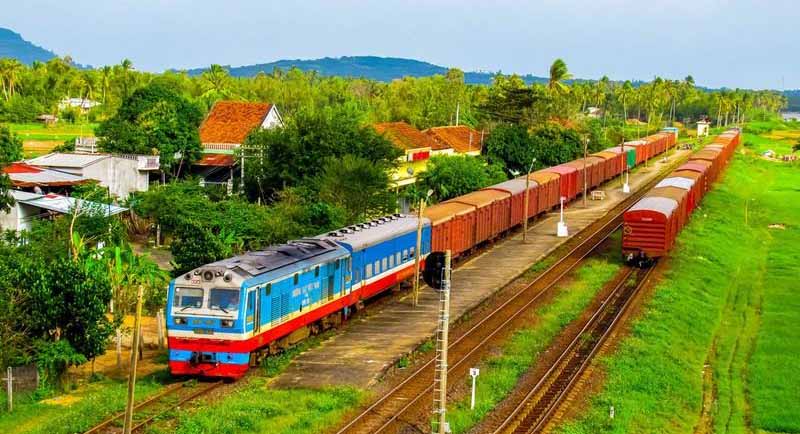
- Hanoi to Lao Cai (Sapa)
This route takes travelers from Hanoi to the mountainous region of Lao Cai, the gateway to Sapa. Sapa is renowned for its terraced rice fields, ethnic minority villages, and the Fansipan peak, the highest in Indochina.
- Hanoi to Hai Phong
This line connects Hanoi with Hai Phong, an important port city known for its colonial architecture, the nearby Cat Ba Island, and access to Halong Bay.
- Hanoi to Dong Dang (Lang Son)
This route heads towards the Chinese border, passing through Lang Son, a city known for its markets, historical sites, and proximity to the scenic landscapes of the Northeast.
- Saigon to Phan Thiet
This branch line offers a short trip from Ho Chi Minh City to Phan Thiet, a coastal city famous for its beaches, seafood, and the nearby Mui Ne sand dunes.
Scenic Highlights While Traveling Vietnam by Train
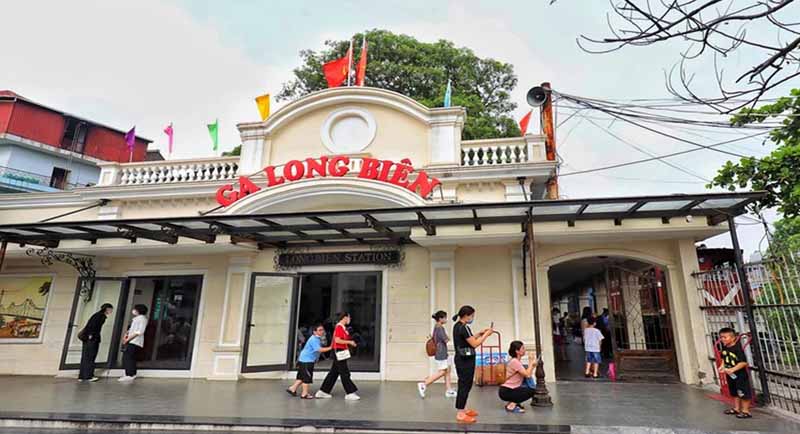
Traveling by train in Vietnam provides opportunities to witness some of the country's most breathtaking landscapes:
- Hai Van Pass: Between Hue and Da Nang, the train crosses the Hai Van Pass, offering panoramic views of the coastline and the South China Sea.
- Red River Delta: North of Hanoi, the train traverses the lush and fertile Red River Delta, dotted with traditional villages and agricultural fields.
- Central Highlands: On routes heading inland, the scenery shifts to the rolling hills and coffee plantations of the Central Highlands.
Vietnam's rail network not only connects major cities but also offers travelers a chance to experience the country's natural beauty and cultural diversity from a unique perspective. Whether it's the bustling streets of Ho Chi Minh City, the serene beaches of Nha Trang, or the misty mountains of Sapa, train travel in Vietnam is a journey through the heart of this captivating country.
Vietnam train Map
While you are looking at this photo (Vietnam Train Map), please be aware that Google Map can provide you with the exact route and timing. Or, you can simply ask us: +84 919 666 568 by any mean (whatsapp, viber, phone call, just not facetime video)
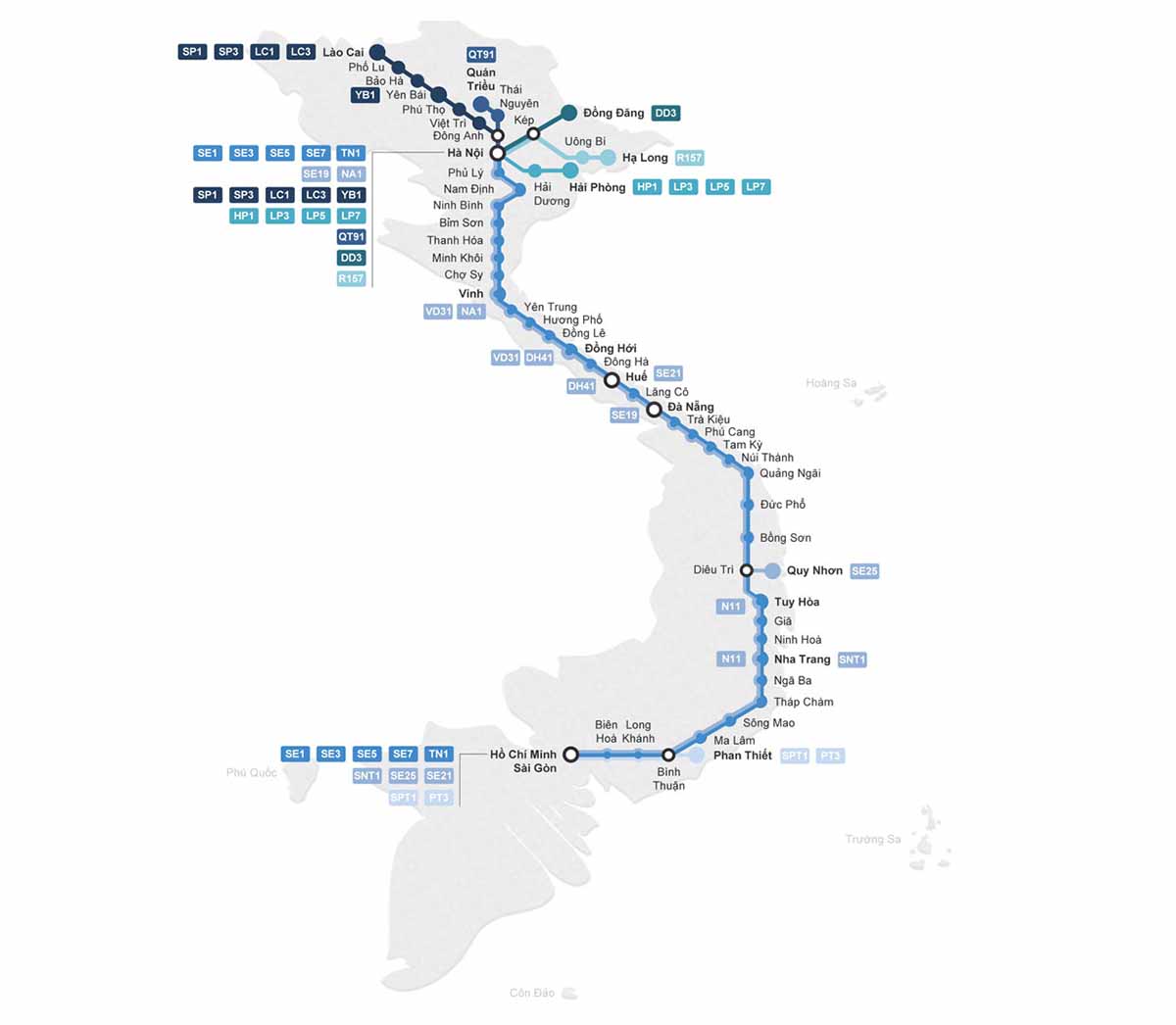
Booking and Ticket Options
Booking train tickets in Vietnam has never been easier, with online platforms like dsnvn.vn offering comprehensive schedules and ticketing options. Travelers can choose from various classes, including soft and hard seats, as well as sleeper compartments for overnight journeys.
Steps to Book Tickets Online
- Enter departure and arrival stations, and the date of travel.
- Choose your preferred train and class.
- Select your exact carriage and seat/bed.
- Enter your details and make payment.
- Receive your e-ticket with a QR code via email.
Onboard Experience
Seating and Accommodation Options
Vietnam's trains offer a range of accommodations suited to different preferences and budgets. From economical hard seats to cozy sleeper cabins, travelers can select the option that best suits their journey duration and comfort needs.
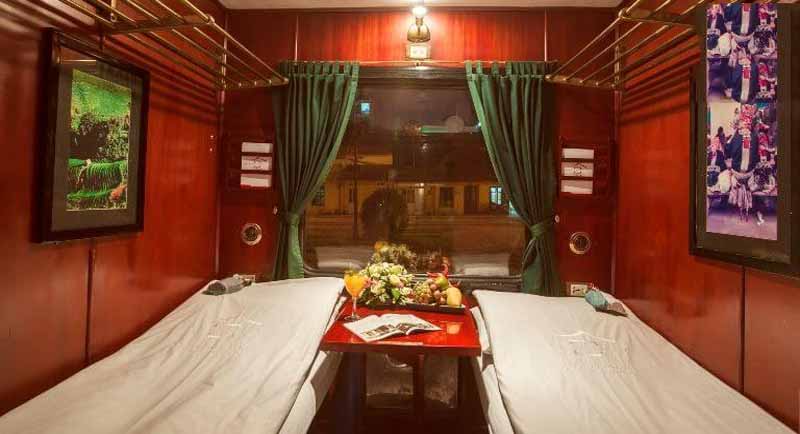
- Soft Seat
Soft seats are air-conditioned and reclinable, providing a comfortable option for daytime journeys of a few hours or more.
- 6-Bed Sleeper
These compartments feature six beds in an air-conditioned cabin, suitable for overnight trips. It's a bit cramped but offers a social atmosphere.
- 4-Bed Sleeper
The most comfortable option, with four beds in a private, air-conditioned cabin. Ideal for long journeys, providing ample space and privacy.
- 02 bed luxurious cabin (only available in some routes like Saigon - Nha Trang, or Hanoi - Sapa)
Double the fare, your privacy and larger space.
- Hard Seat
Hard seats are the most economical option, with wooden seats in fan-cooled carriages. They are suitable for shorter journeys but can be uncomfortable for long trips.
Dining and Refreshments
Dining onboard is an adventure in itself, with dining cars offering a variety of local dishes and snacks. Travelers can also enjoy vendors selling regional specialties at station stops, adding to the culinary experience.
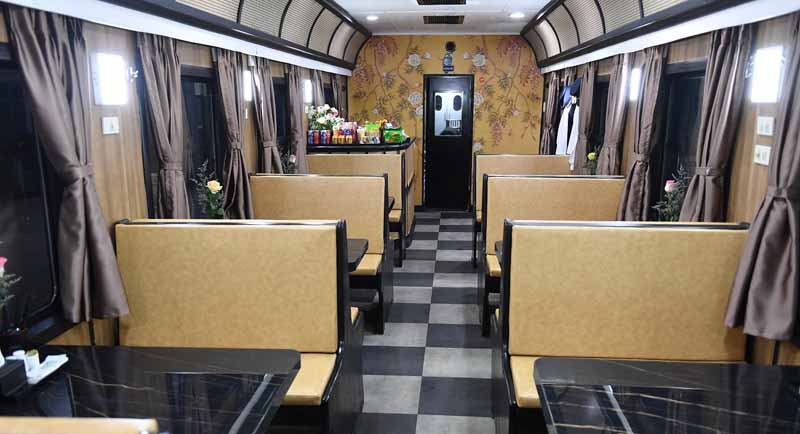
Eating on Vietnamese trains is a unique experience, reflecting the country's diverse and social dining culture. Most trains have dining cars, food trolleys, and hot water dispensers. Passengers often bring their own food, and vendors frequently board trains to sell local specialties. Dining cars offer a range of meals, from hot noodle soups to rice dishes with various meats and vegetables.
You might wonder what dishes are available on dining car, here are some popular choices:
- Vietnamese fried rice
- Noodle
- Bread, Sandwich, Hambuger
- Pho
- Chao (rice soup)
- Eggs (fried egg and boiled egg)
Travel by train in Vietnam: questions and answers
- What are the main train routes in Vietnam?
The main route is the Reunification Express, running from Saigon to Hanoi. There are also several spur lines connecting other major destinations, such as Hanoi to Hải Phòng and Saigon to Phan Thiết.
- How can I book train tickets in Vietnam?
You can book tickets online through platforms like Baolau.com or in person at train stations. Online booking is recommended for its convenience and English support.
- What are the different classes of travel on Vietnamese trains?
There are four classes: Hard Seat, Soft Seat, 6-Bed Sleeper, and 4-Bed Sleeper. Each offers varying levels of comfort and amenities.
- Is it safe to travel by train in Vietnam?
Yes, train travel in Vietnam is generally safe. However, it's always good to keep an eye on your belongings and be cautious in crowded areas.
- What kind of food is available on Vietnamese trains?
Trains offer a range of food options, including meals in dining cars, food trolleys, and local specialties sold by vendors at stops. Passengers can also bring their own food.
- How do I check train schedules and prices?
You can check schedules and prices online on platforms like dsvn.vn (official booking page of Vietnam Railway Stations) or with local travel agency, well, travel agency might charge you 5-10% for booking services, not a big deal. Schedules are also displayed at major train stations.
- What is the best class for long journeys?
For long journeys, especially overnight trips, the 4-Bed Sleeper class is the most comfortable and provides the best experience. In some certain routes like Hanoi - Sapa or Saigon - Nha Trang, there's 02 beds luxurious cabin, ensuring your space and privacy.
- What is the best time to travel by train in Vietnam?
The best time to travel by train in Vietnam is during the dry season, from November to April. This period offers pleasant weather and fewer chances of delays caused by rain.
- How early should I arrive at the train station?
It's recommended to arrive at least 30 minutes to an hour before departure to allow enough time for ticket checks, finding your platform, and boarding the train.
- Are there luggage restrictions on Vietnamese trains?
There are no strict luggage restrictions, but it's advisable to keep your luggage manageable and secure. Most trains have overhead racks and space under seats or beds for storing bags.
- Can I bring my bicycle on the train?
Yes, you can bring a bicycle (even motorbike) on the train, but it needs to be checked into the baggage car. Additional fees apply, and it's best to arrange this in advance at the station.
- Is Wi-Fi available on Vietnamese trains?
Wi-Fi is not commonly available on Vietnamese trains. It's advisable to have a local SIM card with data if you need internet access during your journey. 3g Sim card in Vietnam is very affordable, around $5, and you can have 20gb data a month.
- What are the scenic routes in Vietnam?
Some of the most scenic train routes in Vietnam include the section between Da Nang and Hue, which offers stunning coastal views, and the journey from Hanoi to Sapa, which passes through picturesque mountain landscapes.
- Are there sleeper trains available for all routes?
Sleeper trains are available on most long-distance routes, especially on the Reunification Express between Saigon and Hanoi. For shorter routes, seating options are more common.
- How do I find my seat or berth on the train?
Your ticket will indicate your carriage number and seat or berth number. Carriages are clearly marked, and there are attendants at the station and on the train who can assist you.
- Are there power outlets on Vietnamese trains?
Some trains, particularly the newer or refurbished ones, have power outlets in the cabins or near the seats. It's best to charge your devices before the journey as availability can vary.
- Can I get a refund or change my train ticket?
Refund and change policies vary depending on where you purchased your ticket. Generally, tickets can be changed or refunded with a small fee if done in advance. Check with the ticket provider for specific terms.
- What should I do in case of delays or cancellations?
In case of delays or cancellations, the train staff will usually provide instructions and assistance. It's helpful to have a backup plan and be flexible with your schedule. You'll need to present at the nearest rail way station to exchange or to cancel the ticket.
- Are there any sleeper train routes to neighboring countries?
Currently, there are no direct sleeper train routes from Vietnam to neighboring countries. Cross-border travel by train typically involves taking a train to a border town and then transferring to another mode of transport.
- Can I travel with pets on Vietnamese trains?
Traveling with pets is generally not allowed on Vietnamese trains, except for service animals. It's best to check with the railway company for specific policies. Your pets can be kept in storage coach with a small money as a thank to the crew. You are not sure about this ? ask us: +84 919 666 568 (available on Whatsapp and… well… all apps)
- What amenities are available in the sleeper cabins?
Sleeper cabins usually come with bedding, reading lights, and air conditioning. Deluxe cabins may include additional amenities such as complimentary water, snacks, and private washrooms.
- How do I handle currency exchange and payments on the train?
It's advisable to carry some Vietnamese Dong (VND) for on-train purchases as card payments are not commonly accepted. Exchange money before boarding or at major stations where currency exchange services are available.
- Are there smoking areas on Vietnamese trains?
Smoking is not permitted inside the train carriages. Some trains have designated smoking areas between carriages or at certain stops. But, you can just walk out of your cabin, go the the connecting gallery between two coaches, quite noisy there, but you can smoke secretely. Don't forget to invite the crew if they catch you smoking.
- Can I make special requests or accommodations for disabilities?
Yes, you can make special requests for assistance or accommodations for disabilities. It's best to inform the railway company in advance to ensure your needs are met.
- What should I do if I lose my ticket?
You lose money, buddy.
- Are there any safety concerns I should be aware of?
While train travel in Vietnam is generally safe, it's wise to keep an eye on your belongings and be cautious of pickpockets, especially in crowded areas. Also, be mindful of hygiene and keep some personal care items handy.
- Can I use a Eurail pass or similar on Vietnamese trains?
Eurail passes or similar international train passes are not valid on Vietnamese trains. Tickets must be purchased separately for travel within Vietnam.
Vietnamese train travel offers a unique way to explore the country, providing not only transportation but a rich cultural experience. Being prepared and knowing what to expect can make your journey smooth and enjoyable.
Tips for Train Travelers
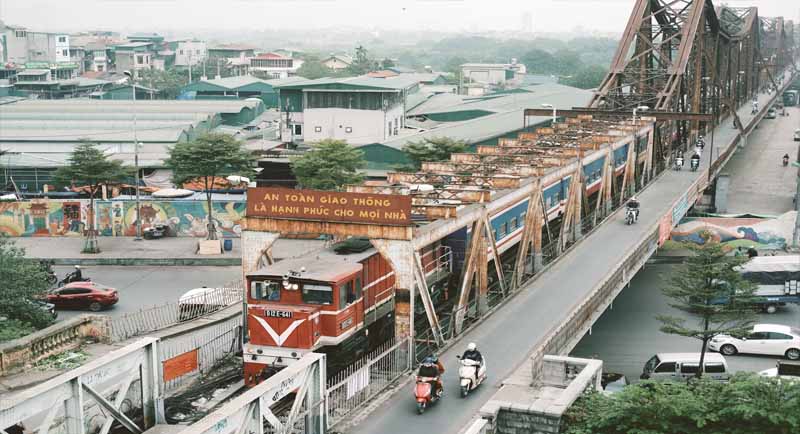
To ensure a comfortable and memorable train travel experience in Vietnam, consider the following tips:
- Book Tickets in Advance: Train travel is popular, especially during peak seasons such as Tet (Lunar New Year) and major holidays. Secure your tickets well in advance to get the best seats and preferred travel dates. Online booking platforms and travel agencies can assist with reservations.
- Choose the Right Class: Vietnam Railways offers various classes of service. For long journeys, opt for a soft sleeper or VIP cabin for added comfort. Hard seats are economical but may be less comfortable for extended trips. Research the options to match your comfort needs and budget.
- Arrive Early: Stations can be crowded, and the boarding process may take time. Arriving at least 30 minutes before departure ensures a stress-free start to your journey. This extra time allows for finding your platform and settling into your seat or cabin.
- Pack Essentials: Bring along travel necessities such as bottled water, snacks, a light blanket, and toiletries. Although trains often have dining cars and vendors, having your own supplies can make the trip more comfortable.
- Stay Connected: While Wi-Fi may not be available on all trains, bringing a portable Wi-Fi device or a local SIM card with data can keep you connected. Download offline maps and travel guides in case of connectivity issues.
- Secure Your Belongings: Keep valuables like passports, money, and electronics close to you, especially in shared cabins. Use locks for your luggage and be mindful of your surroundings.
- Respect Local Customs: Train travel in Vietnam offers an authentic glimpse into local life. Embrace the experience by interacting respectfully with fellow travelers. Simple gestures like greeting and thanking others in Vietnamese can enhance your journey.
- Prepare for the Journey’s Pace: Train travel is slower than flights but offers unparalleled scenic views and cultural experiences. Embrace the leisurely pace, and use the time to relax, read, or enjoy the passing landscapes.
- Dress Comfortably: Wear comfortable clothing suitable for the weather and duration of the trip. Layers are advisable as temperatures can vary between day and night, and air conditioning can be cool.
- Engage with Locals: Chat with fellow passengers to learn more about Vietnam's culture and customs. These interactions can be enriching and provide valuable travel tips and insights.
- Plan for Stops: Many trains make extended stops at major stations. Use these opportunities to stretch your legs, buy local snacks, or explore nearby attractions briefly. Be mindful of departure times to avoid missing your train.
- Stay Informed: Keep an eye on your schedule and announcements, especially if your journey involves multiple stops or train changes. Knowing your itinerary helps prevent confusion and ensures a smoother trip.
- By following these practical tips, you can enhance your train travel experience in Vietnam, making it a journey filled with comfort, discovery, and cultural enrichment.

Author: CEO Tanbang
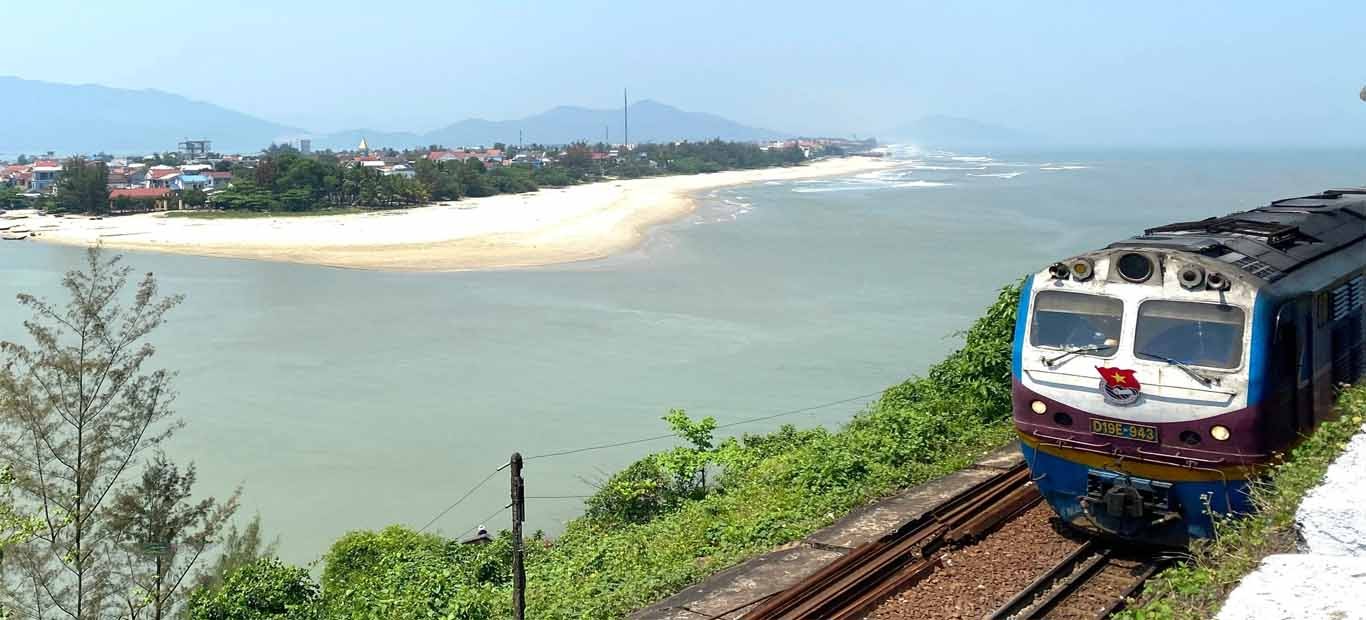
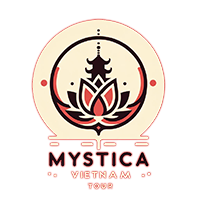
.jpg)
